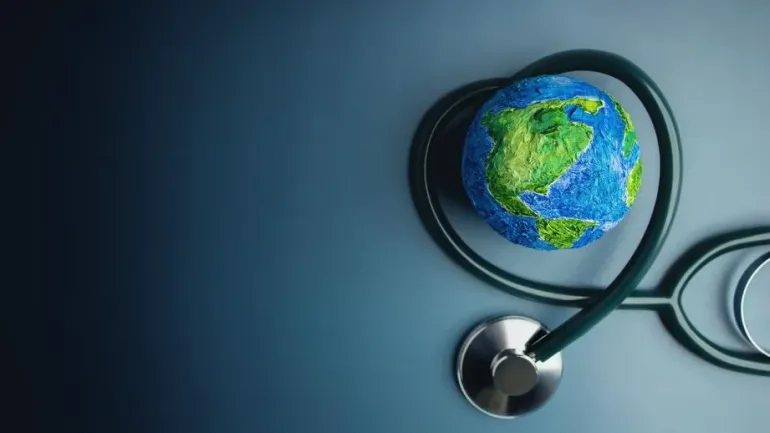Dr. Maxamillian Moss, Research Officer for the Bevan Commission writes in this guest blog about Bevan Commission's 'WASTES' framework.

When discussing waste within healthcare, it's essential to broaden our perspective beyond the conventional notions of discarded materials or uneaten food. The spectrum of waste extends far beyond tangible items to encompass inefficiencies in processes, resource utilisation, and energy consumption. As we strive to improve the quality of health and care services and progress towards carbon neutrality, identifying and tackling these often invisible and misunderstood forms of waste becomes imperative. To enable us to see the full spectrum of waste, the Bevan Commission has developed the ‘WASTES’ framework. The ‘WASTES’ acronym can be broken down into the following: Workforce, Administration, Services, Treatment, Energy, and Systems.
So how do these categories relate to ‘waste’ within the umbrella of healthcare? Good question. Let’s break it down!
WORKFORCE
This category of waste contains issues such as inefficiencies in staffing, skill utilisation, and productivity within healthcare settings. These can result from mismatches between staffing levels and patient demand, as well as inadequate training and development programmes. By optimising service delivery and fostering behavioural change among staff and patients through awareness campaigns and incentives, healthcare facilities can enhance productivity while aligning with sustainability goals. For instance, ensuring optimal staffing levels and minimising time wastage by aligning with patient demand can significantly reduce workforce waste.
ADMINISTRATION
Administrative waste arises from redundant processes, paperwork, and inefficient workflow management. This can lead to delays, errors, and increased costs. Implementing standardised protocols, workflows, and advanced management systems, such as bed management systems for streamlined patient flow, can significantly reduce administrative waste. Standardising procedures and implementing advanced management systems streamline operations and minimise errors, ultimately improving efficiency and reducing waste.
SERVICES
Service waste encompasses issues such as food waste reduction and lean waste management. Healthcare facilities can implement waste tracking systems and promote sustainable practices to minimise food waste and mitigate environmental impact. Similarly, adopting lean waste management principles encourages the reuse of items and explores innovative ways to reduce or replace single-use items, such as non-sterile gloves. By executing these strategies, facilities can enhance resource efficiency and environmental sustainability.
TREATMENT
Treatment waste involves inefficiencies in medication management and medical procedures, leading to unnecessary costs and environmental impact. Promoting rational drug use practices and adopting eco-friendly alternatives, such as gas recycling systems for anaesthetic management, can significantly reduce treatment waste. Rational drug use practices minimise medication waste and reduce unnecessary prescriptions, while eco-friendly alternatives mitigate environmental impact during medical procedures.
ENERGY
Energy waste is slightly more intuitive and results from inefficient and unnecessary energy consumption, and reliance on non-renewable sources within healthcare facilities. By investing in renewable energy sources and enacting conservation initiatives, such as automated lighting, facilities can reduce energy waste and minimise their carbon footprint. Importantly, renewable energy adoption reduces reliance on fossil fuels, while conservation initiatives optimise energy usage, ultimately promoting environmental sustainability.
SYSTEMS
Systemic waste is perhaps one of the largest and most difficult to identify and tackle, given that it encompasses complicated items such as supply chain management and transport logistics. Developing localised supply chains and prioritising sustainable transport and procurement practices can significantly reduce systemic waste. By sourcing materials locally and prioritising environmentally friendly transportation options, facilities can enhance resilience and reduce their environmental impact.
These examples are just the tip of the iceberg. Only by coming together will we be able to pool the knowledge and skills necessary to understand and solve these urgent problems. This issue is further explored in our 2023 publication ‘What a Waste’, which guides out ‘Let’s Not Waste’ programme.
You can read this paper, and join the programme to make a difference here.

